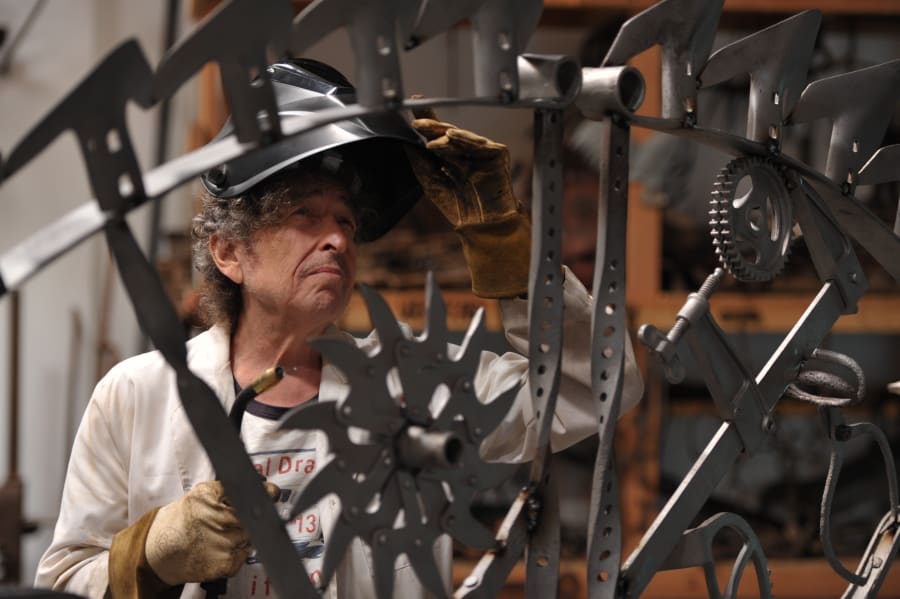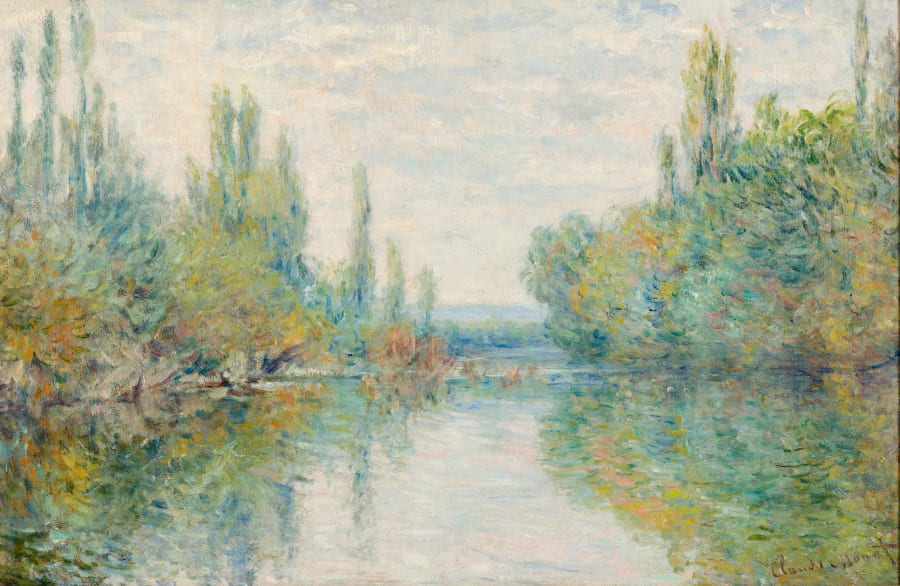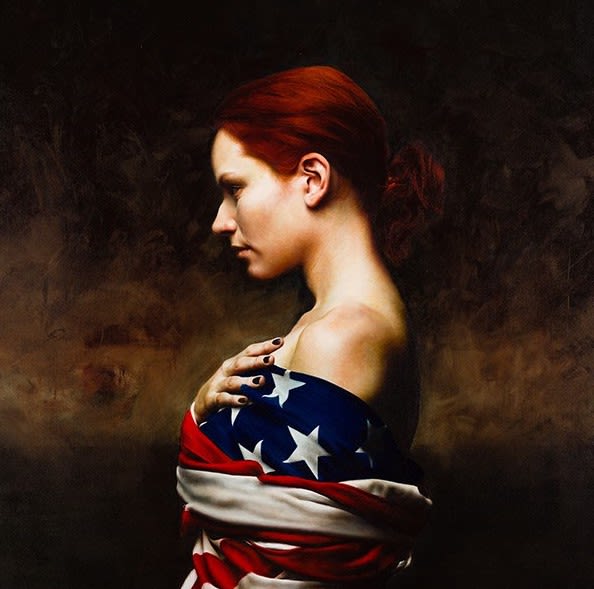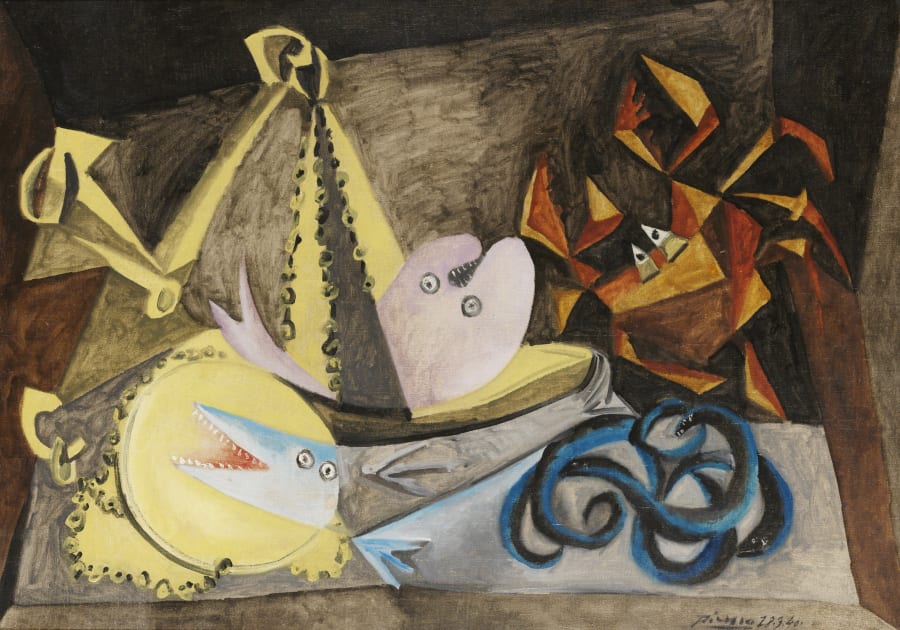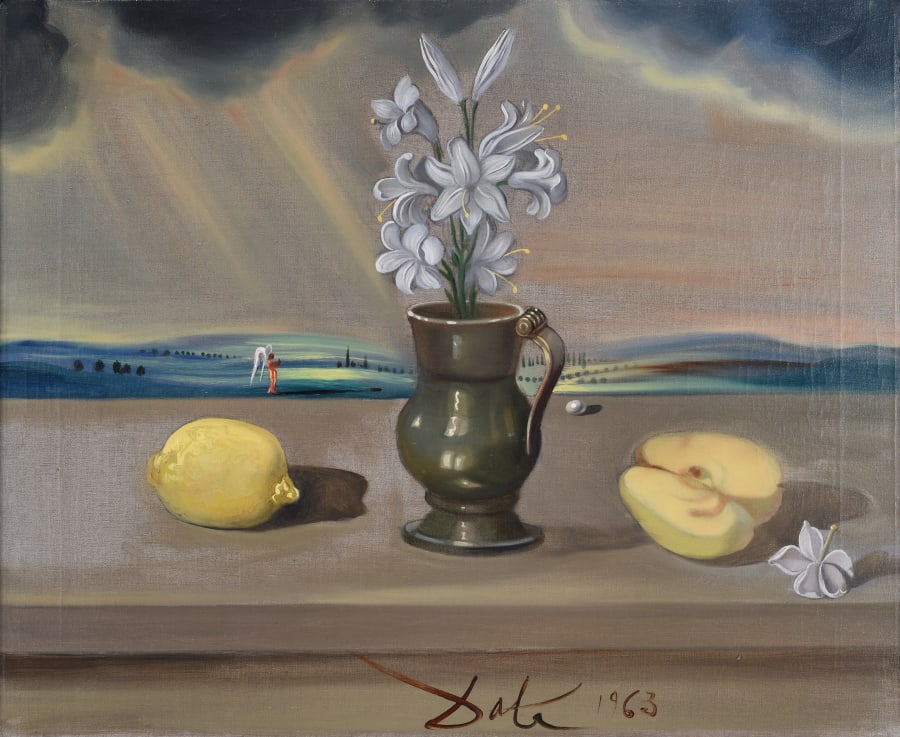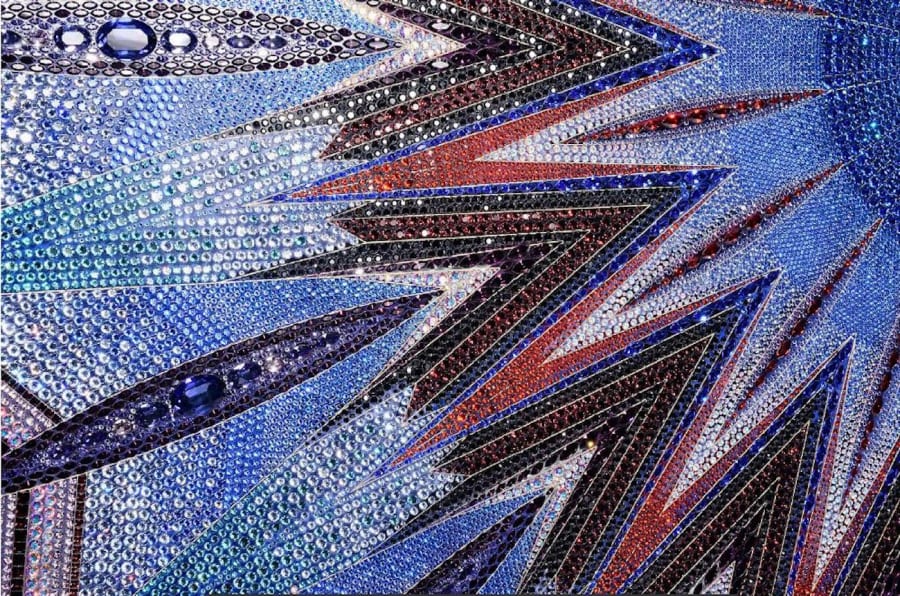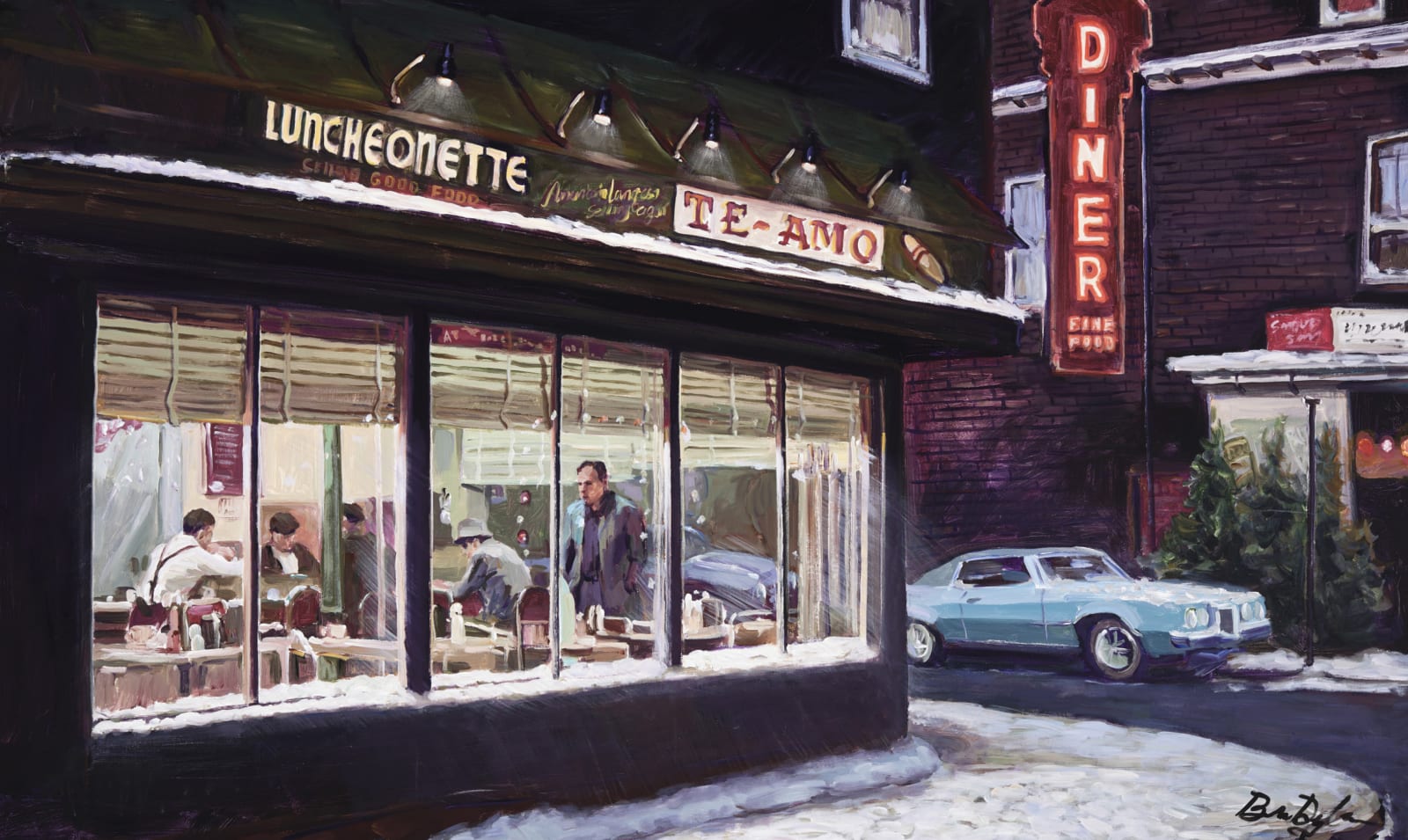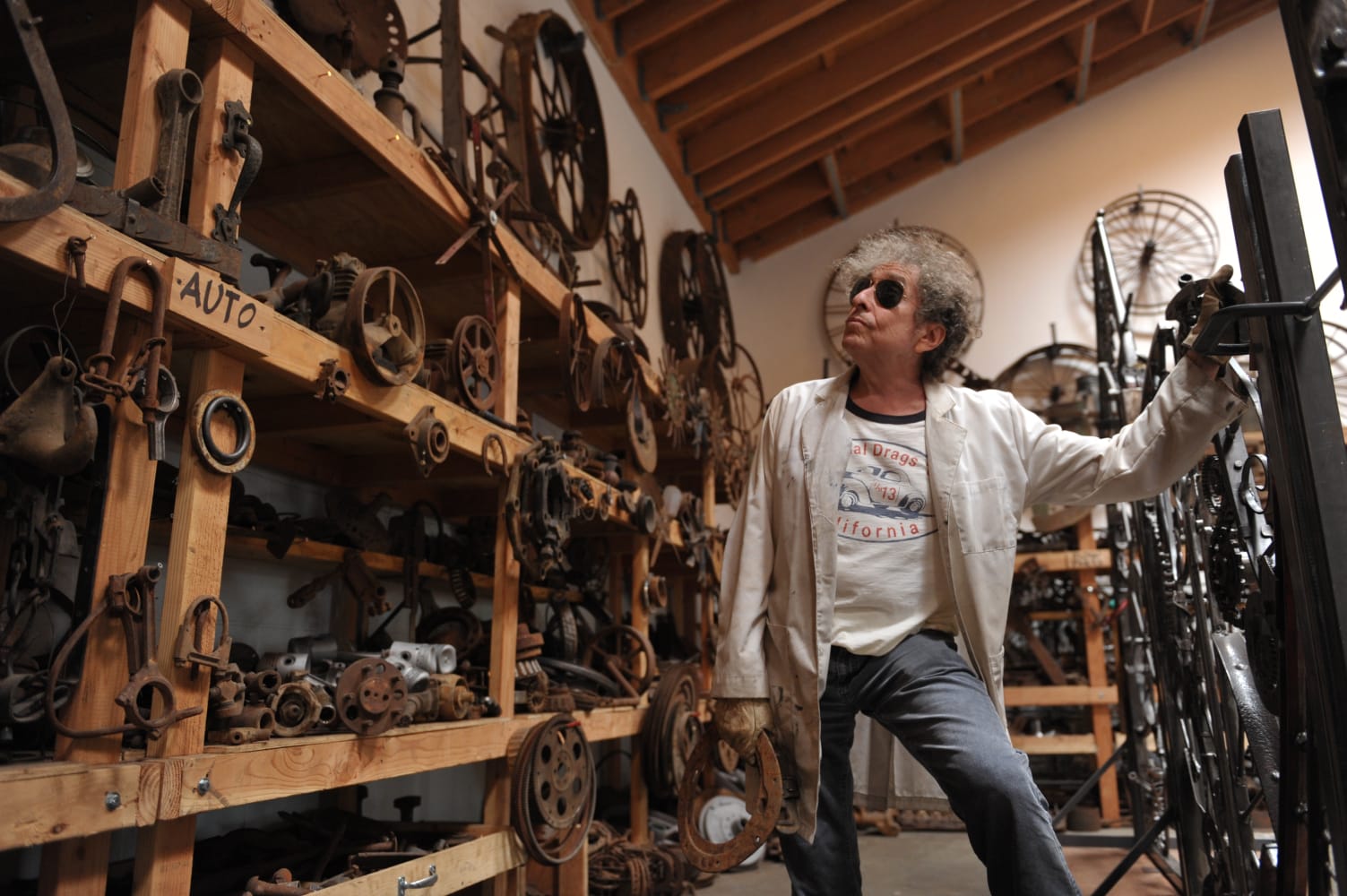A Thousand Possibilities and A Thousand Worlds By Felix Petty
In Italo Calvino's fantastical work of geographical magical fiction, Invisible Cities, the explorer Marco Polo sits down to describe the thousands of different metropolises he has encountered on his travels to the Mongol emperor Kublai Khan.01 Each city more beautiful and extraordinary and imaginary than the last; a city of pipes, a city of water, a city of the dead, a city that oats in the sky, a city of merchants. There are cities of memories and cities of the forgotten, cities that stretch on forever and cities that are small and self enclosed and surrounded by walls. Each city is one city though, a description of Marco Polo's hometown, Venice.
Venice here is not a reality, not a living, breathing, dreaming and perspiring city, but a place where art and imagination and reality can overlap, a magical place that contains a whole world. Venice of course is an irresistible paradox; that oating city sinking into the Adriatic. I researched the birthplace of Stefano Curto, a place called Segusino, a small town just north of Venice. It contained a fact that seemed too perfect.
There is a town called Chipilo in Mexico, a town founded by the descendants of immigrants of Segusino, who still speak the local Veneto dialect. How fantastically Calvino-esque, for there to be a small town in the Mexican hillside speaking Venetian.
And how perfect, too, as a way to start talking about the works of Stefano Curto. An artist whose work ranges far and wide like Marco Polo; is fantastical and full of imagination like Calvino; and full of surprising and charming beauty like the idea of a town in Mexico speaking Venetian.
Thankfully Stefano's work proposes no easy answers to such existential musings, but at least offers up an array of spectacular, crystalline questions for us to lose ourselves in.
You could simplify Stefano's work to this base element, perhaps: that the thousands of crystals that make up each piece form a constellation. A constellation in the literal sense, as the works often resemble a glimmering night sky full of stars, but a speci c one, a night sky seen in the wilderness, free from the orange glow of light pollution from the city. A sky full of peacefulness. But also, less literal, in the works' suspension of crystals, there's something meditative, a constellation of ideas that come to you as you lose yourself in their abstractions, forms, beauty, and geometry. Not that these are works that simply and only nod towards the new age existential possibilities that Stefano has glimpsed at in his travels. His body of work always nds its way back to home, to Italy; to Italy's rich art history and contribution to civilisation. There's as much Italian gothic in Stefano's works as there is Indian mysticism.
To put another reductive statement out there: you should de nitely, when starting to think about Stefano's work, start by thinking about the crystal. Each work is hand crafted from thousands of them. There's splendour in the gems, sure, but not a surface of vanity or decadence or luxury - although the works are certainly luxurious. The splendour is in their properties, the way they play with light, the way they enrapture you, you lose yourself in them. Light, the basest, but boldest, of elements. Most paradoxical too in that dichotomy between splendour and serenity. Stefano's crystalline constellations encapsulate all that. Take, for example, the EVOLUTION INVOLUTION series, cosmic, concentric circles of various shades of colours. The transformation, from pure whiteness to deep blue, reveals a cutaway not unlike the drawings of the planets we got at school. Like those diagrams, Stefano's works reveal an interior mystery to us. Their abstractions reach towards a spirituality without ever proscribing it to us, leaving us free to contemplate and nd our own within their colour- filled worlds.
But the EVOLUTION INVOLUTION series is not so simply mystical or interplanetary. They play with the history of Op Art,02 specifically its' ideals of the limitless possibility and potentiality of simple forms, colours, and shapes (a little like Marco Polo, describing Venice over and over again, each time differently). Think on Bridget Riley,03 finding new expressions in the reduction of art to black and white geometric shapes. Or most relevant here, Tadasky ,04 whose practice involves the repetitive painting of circles as a form of sensory stimulation; nding in the perfect circle some spiritual possibility. Something mirrored in Stefano's circles too.
Or take, as another example, the eastern influences of Stefano's THETART series, magni cent mandalas painstakingly arranged from crystals. They are cosmic, in the far out sense, but microcosmic, in that within their gently repeating patterns they push and pull between the chaos and unpredictable possibility of the movement of light, and the nely tuned geometric orders that Stefano must organise to create them. The designs that ow from Stefano's meditative practices come to him in dreams. But the THETART series are not works of narrow strictures, when seen within the context of Stefano's wider practice. It is too easy to read into them simply the artist's biography and wanderlust. Though we associate the mandala predominantly with Hinduism and Buddhism, it's a universal spiritual motif, which is why they work,
they reach out for universality. It's there in entwining limbs of Celtic Christian crosses, or think on how the prayers of the rosary evokes that similar communion and rapture the mandala conjures in it, or the stained glass windows of a cathedral as spiritual aide.
These are all there in the universality of Stefano's work, and his work does similar things as them all. Which has led to Stefano's rise amongst the artworld. He's easily situated amongst a generation who are reconnecting with variations of craft in their art practices. From the ceramicists on show at Tate St Ives to those busy reimagining drawing and gurative paintings, Stefano is another craftsman, whose work revels in its humanness, its connection to something older, something immutable and permanent.
There's something awe inspiringly permanent in them, that stands at odds with the easily- scrolled through world we slide through.
After the rise and rise of internet-enabled art practices, this return is welcome, as Stefano's spirtual approach, in an artworld that often feels cynical, pessimistic and nihilistic is refreshing and full of life. |t's taken him across Europe, from the Venice Biennale, to the Salons of Paris, and galleries of Mayfair.
There's a marvellous picture of Pope Francis admiring Stefano's work, SINDONE NERA, a rendition of that ur-artefact, the shroud of Jesus. What do we think he made of this image of Christ, crafted from nearly 18,000 crystals? Inspired to create it by the religious images he saw on his travels in India, he translated the devotional art across continents and civilisations and brought it back to his Italian, Catholic upbringing. Like Italo Calvino's Invisible Cities, but a sequel of sorts, The Return Of Marco Polo, arriving in Italy with stories of the world he's seen. Kublai Khan replaced with Pope Francis.
Stefano's biography reads like a fantastical adventure across those same lands Marco Polo once traversed too. A fantastic voyage of discovery across the world, travelling in search of spiritual nourishment. Stefano was, at one point, preparing to run off to the Canadian wilderness, to ship wood across the country to Alaska, when his mother gave him a hand full of gems. A small gesture that set him on the path that takes us here, to 群交AV Gallery. But maybe it was as if, in that handful of gems, he could describe the world, the way Marco Polo could describe Venice a thousand times over, and each time nd something new.
Felix Petty is the Assistant Editor at i-D Magazine, London. He is a curator and founding member of the creative collective Off Modern.
Appendix:
01 Italo Calvino's Invisible Cities was published in Italy in 1972. Calvino's study takes its inspiration from the Book of the Marvels of the World more commonly known as The Travels of Marco Polo; a thirteenth century travelogue written by Rustichello da Pisa from stories told by Marco Polo, describing Polo's travels through Asia between 1276 and 1291 and his experiences in the court of Kublai Khan. Marco Polo was a Venetian merchant traveller and citizen of the Venice Republic. He learned the mercantile trade from his father and uncle, Niccolo虁 and Maffeo, who travelled through Asia and met Kublai Khan. Kublai Khan was the fth great Khan of the Mongol Empire reigning from 1260 to 1294. Italo Calvino's book, Invisible Cities explores the descriptions of the cities by the explorer Marco Polo, framed as a conversation between the aging and busy emperor Kublai Khan. The majority of the book consists of fty ve ctitious cities that are narrated by Polo to prove the expanse of Khan's empire, but which are all actually just descriptions of one city, Venice.
-
02 Op Art was an artistic movement in the 1960s that used a framework of purely geometric forms to create optical effects and drew on colour theory and the physiology and psychology of perception; Hungarian-French artist Victor Vasarely (1906-1997) is credited with its invention and other leading gures were Israel's Yaacov Agam (b. 1928) and the English painter Bridget Riley (b. 1931).
-
03 Bridget Riley is one of Britain's most important abstract artists. She came to prominence in the early 1960s. In her work she uses the complex visual sensations that colour and shape can create to explore fundamental ideas of perception.
-
04 Tadasky (b. 1935) (Tadasuke Kuwayama) became known in the New York Art scene in the 1960s after selling his Op art paintings to the Museum of Modern Art shortly after moving from Japan.


